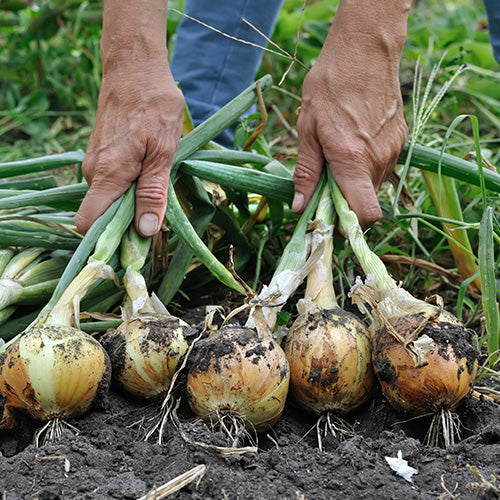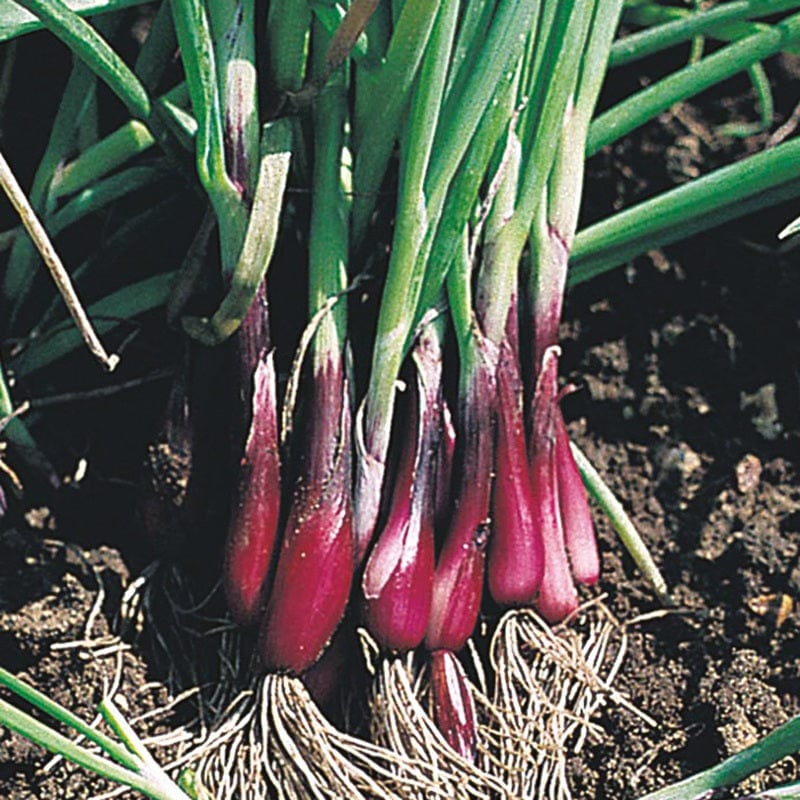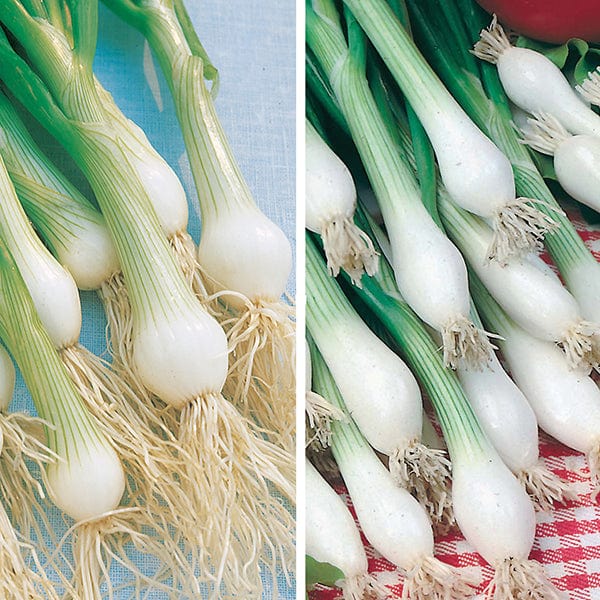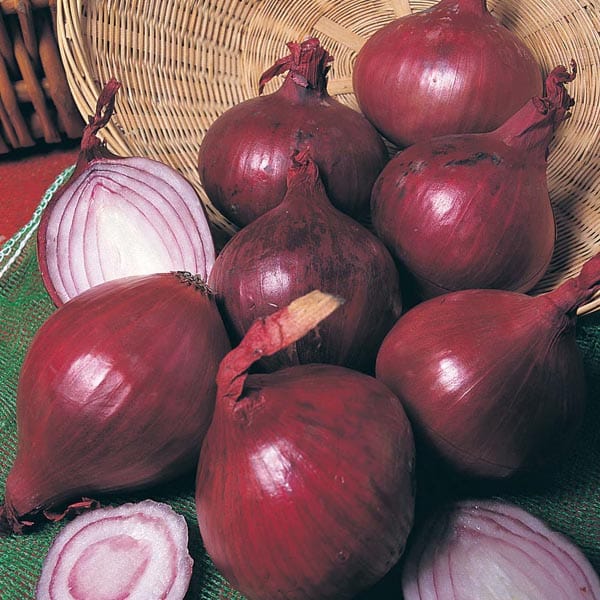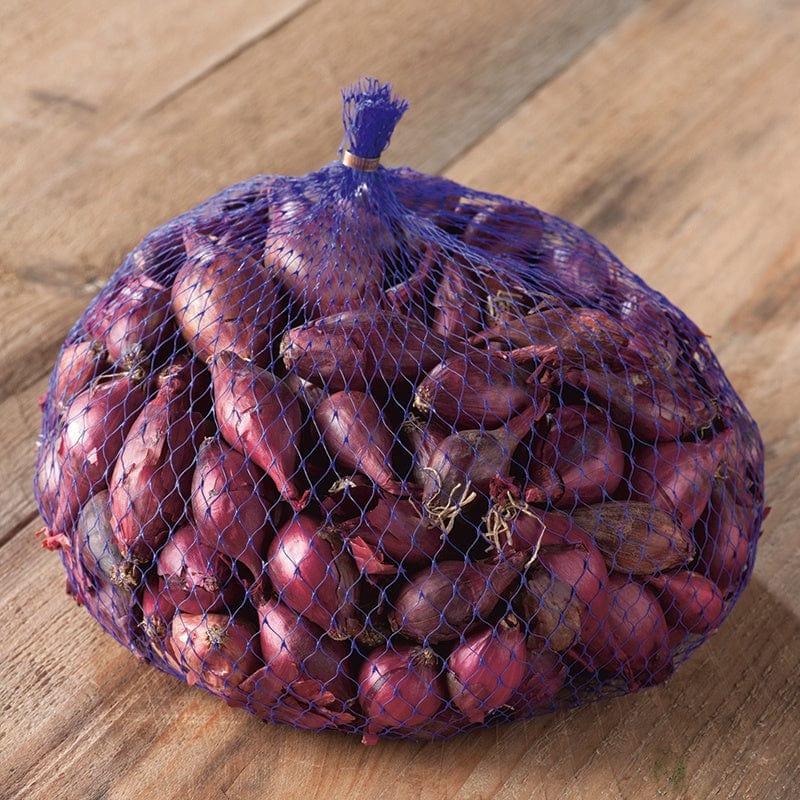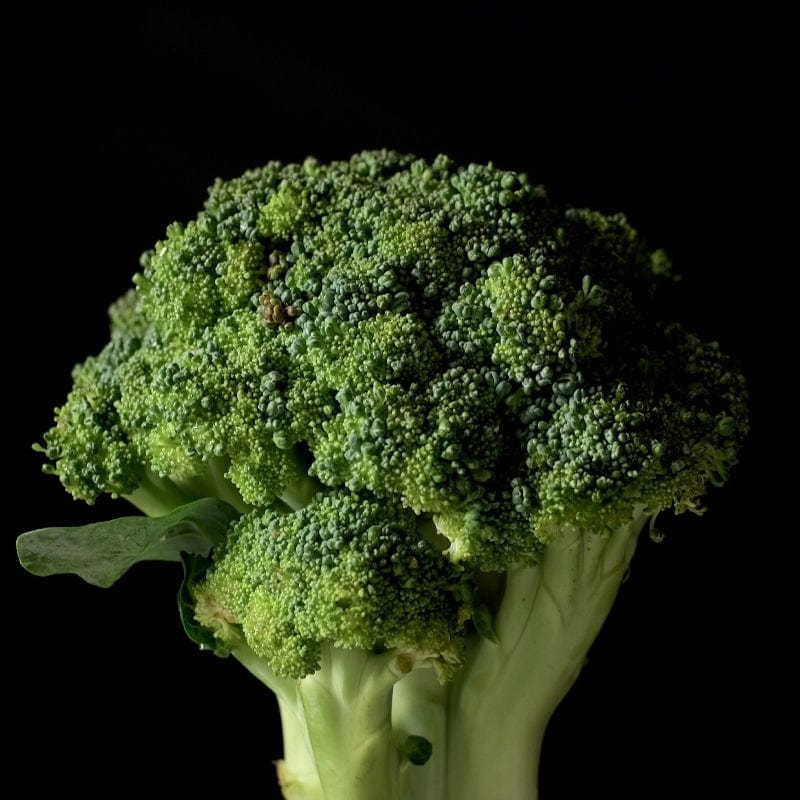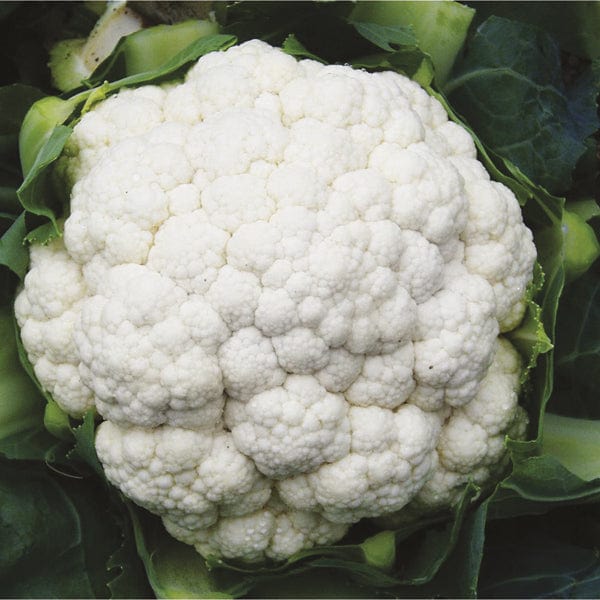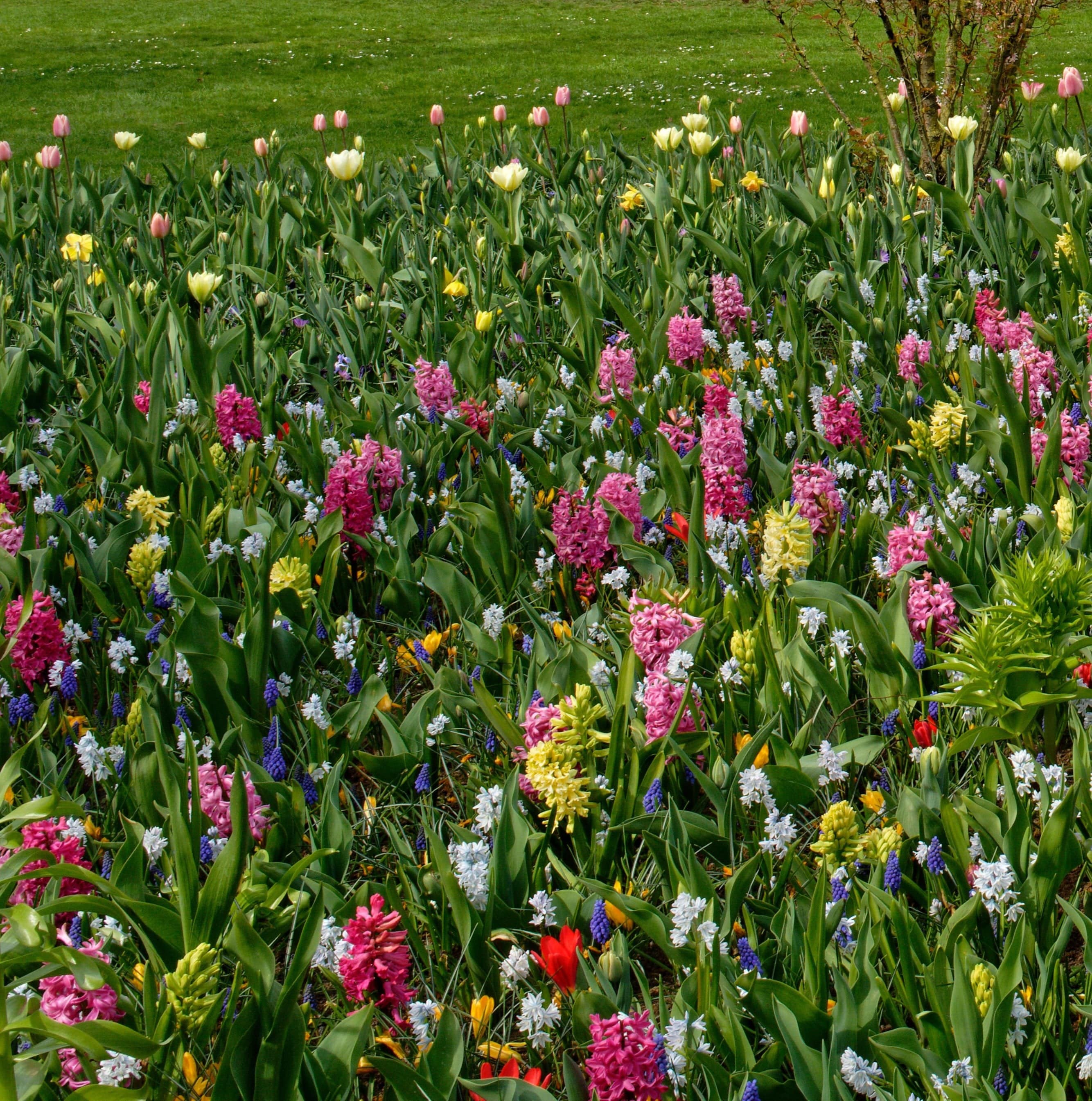When you’re growing onions, knowing when it's best to harvest them is key to getting the most out of your crop. In this article, we explore the factors that can affect how long onions, spring onions, and shallots take to grow, including growing time estimates for onion seeds and onion sets.
How long does it take for onions to grow?
There are several factors that can affect how long your onions take to grow, some of which are within your control and some of which aren’t.
Choosing your onions
The first and most important thing to do is to choose the right variety of onion for your garden. Different varieties are designed to be sown and harvested at different times of the year, so pay attention to that information when you’re choosing your onions. Remember that you’ll also need to think about other factors at this stage, such as whether you like your onions to be tangy or sweet, how big you want them to be and whether there are options that are resistant to bolting or certain diseases.
There is also variation between the types of onions if you’ve been wondering how long do spring onions take to grow as well as shallots. Growing shallot seeds and spring onion seeds takes a shorter amount of time to growing regular onions due to their smaller size. When growing onions, it’s always best to check the available information on the specific types and varieties you’re dealing with.
Climate
Another thing that can affect when you harvest your onions is the area you live in. The climate in the north of Scotland can be very different to that of Land’s End in Cornwall, which means that the ideal sowing and harvesting dates won’t be exactly the same. Look out for contextual clues rather than actual dates - things like average temperatures, the last or first frosts and more general date ranges can be helpful to let you know when to perform those key garden tasks.
Growing conditions
It’s also true that growing conditions can affect how quickly the bulbs mature - and whether or not they become harvestable at all. For instance, cold spells can cause bolting in many crops including onions, leaving them unusable. Garden accessories such as horticultural fleeces can help to protect against bolting, or you could try sowing a bolt-resistant variety, such as our heat-treated onion sets. As another example, warmer weather causes the bulbs to grow in size, so if the temperatures have been lower than usual, you may need to wait longer to harvest larger onions.
Grown In
- Container
- Allotment/ Veg Patch
- Hanging Basket
- Patio
- Test Grow
Planting & Harvesting
- Sow Indoors
- Sow/Plant Outside
- Flowers/Harvest
When to harvest
Assuming that everything has gone to plan with the growing process and you’re expecting a full harvest, it’s important to know that a degree of variation in peak harvesting time is natural. Any estimates given on seed packets or reference books will be generalisations meant to give a rough idea. Your crop might be ready a little earlier than suggested or a little later without it necessarily meaning that something’s wrong.
Fortunately, there are a few telltale signs to look out for to spot an onion plant that is approaching maturity, such as:
- Yellowing foliage
- Toppling foliage
- Bulbs peeping out of the soil
You should harvest your onions before the rest of the foliage dies down in full.
How long do onions take to grow from seed?
One of the biggest factors in how long your onions will take to grow is how you planted them. Growing onions from seed is a more technically challenging process than growing from sets, and it takes longer, too. However, seeds are less expensive to buy than sets and you might also benefit from larger bulbs at harvest time.
Winter-planted onion seeds will typically be ready for harvest in the late summertime or early autumn - around August and September. Of course, the later in winter you sow the seeds, the later they’ll be ready to harvest.
Related Products
How long do onion sets take to grow?
In comparison, onion sets don’t take as much time to grow. That’s because you’re growing from a later stage - like raising a child from toddlerhood rather than starting with a baby. If you’re looking for a faster return on your crop, sets are usually the way to go.
Depending on your variety, onion sets can be planted in the autumn or the spring, but they’re usually harvested around the same time - in that late summer to early autumn period around July to September. For spring planters, you’re looking at a growing time of around four to six months. For autumn planters, it’s more of a year-long task, give or take.
Shop onion seeds and sets at D.T. Brown Seeds
If you’re looking for quality onion sets and onion seeds, we’ve got many varieties that you can find in our online shop, all specially chosen for their excellent produce and resistance to disease and pests. At D.T. Brown, we’ve been providing seeds, plants, and gardening equipment for over a century, with quality always at the forefront across everything we stock. If you’d like to know about the selection of vegetable seeds and plants we have or have any other questions about our range, feel free to get in touch. A member of our team will be more than happy to help.








